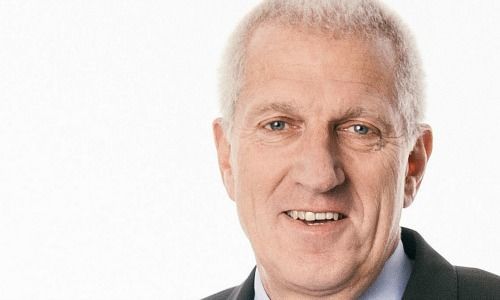The Swiss regulator's readout of Pierin Vincenz's tenure at Raiffeisen is eye-opening for the former CEO's conduct in board failings. finews.com parses the elements of the scandal.
What more could be said of the alleged criminal conduct of former Raiffeisen boss Pierin Vincenz, or the failure of the bank's board to spot the wrong-doing? Swiss regulator Finma signalled a «hold my beer» moment on Thursday, delivering a stunning and detailed chronicle that describes the elements of the scandal in excruciating detail.
finews.com logs the events surrounding Vincenz's unscrupulous dealings and the near-total failure of Raiffeisen's richly-compensated board.
1. Why Did Finma Act?
The regulator first received a tip on Vincenz after the banker left the CEO job three years ago. Initial inquiries centered around conflicts of interest, but a Finma investigator last year began looking into corporate governance breaches. That eventually led to a fitness and probity investigation against Vincenz, which the regulator grudgingly dropped late last year when the banker promised to relinquish all finance mandates.
2. What Did Finma Investigate?
The probe focused on stake purchases by Raiffeisen in Investnet companies and in KMU Capital, as well as Vincenz's role as a minority shareholder. Finma also looked into shortcomings in loans to the ex-CEO as well as massive overdrafts in budget spending and his association with outside advisor Beat Stocker (pictured below). The regulator also probed loans to people close to the bank or the stake purchases.

3. What Didn't Finma Look Into?
Under Vincenz, Raiffeisen snapped up the remaining parts of collapsed Swiss private bank Wegelin and built up dozens of stakes including in software maker Avaloq, insurer Helvetia, and derivatives boutique Leonteq. Finma didn't look at any of these purchases - nor did the regulator look into a stakes in Aduno, a cards and payments firm which Vincenz chaired and Stocker ran, then also chaired.
4. What's The End Game?
The stake purchases under Vincenz often led to an accumulation of roles and conflicts of interest. The pattern repeated itself time and again: Raiffeisen was a shareholder, business partner and lender, and was often represented on the board by Vincenz, or his successor, Patrik Gisel. Vincenz's positions as well as the activities of his associate Stocker often went undisclosed.
5. Ominous Investnet Stake
Two firms, Investnet and KMU Capital, were majority-controlled by Raiffeisen from 2015 on. Stocker also held a stake, but this was concealed through a vehicle. Vincenz, who had retained Stocker as an adviser to Raiffeisen with a lucrative monthly mandate, knew of the stake.
6. Investnet Sale to Vincenz and Stocker
The Investnet vehicles were restructured in 2015, the year Vincenz left Raiffeisen. He bought shares in Investnet, without disclosing his plans to Raiffeisen's board. The deal saw Vincenz on both sides of the negotiating table: the seller as Raiffeisen CEO as well as the buyer as a private investor.
The conflict of interest was obvious, but Vincenz didn't recuse himself – ignoring internal directives. Former Raiffeisen Chairman Johannes Rueegg-Stuerm (pictured below) looked away and took no discernible action.

- Page 1 of 2
- Next >>




































